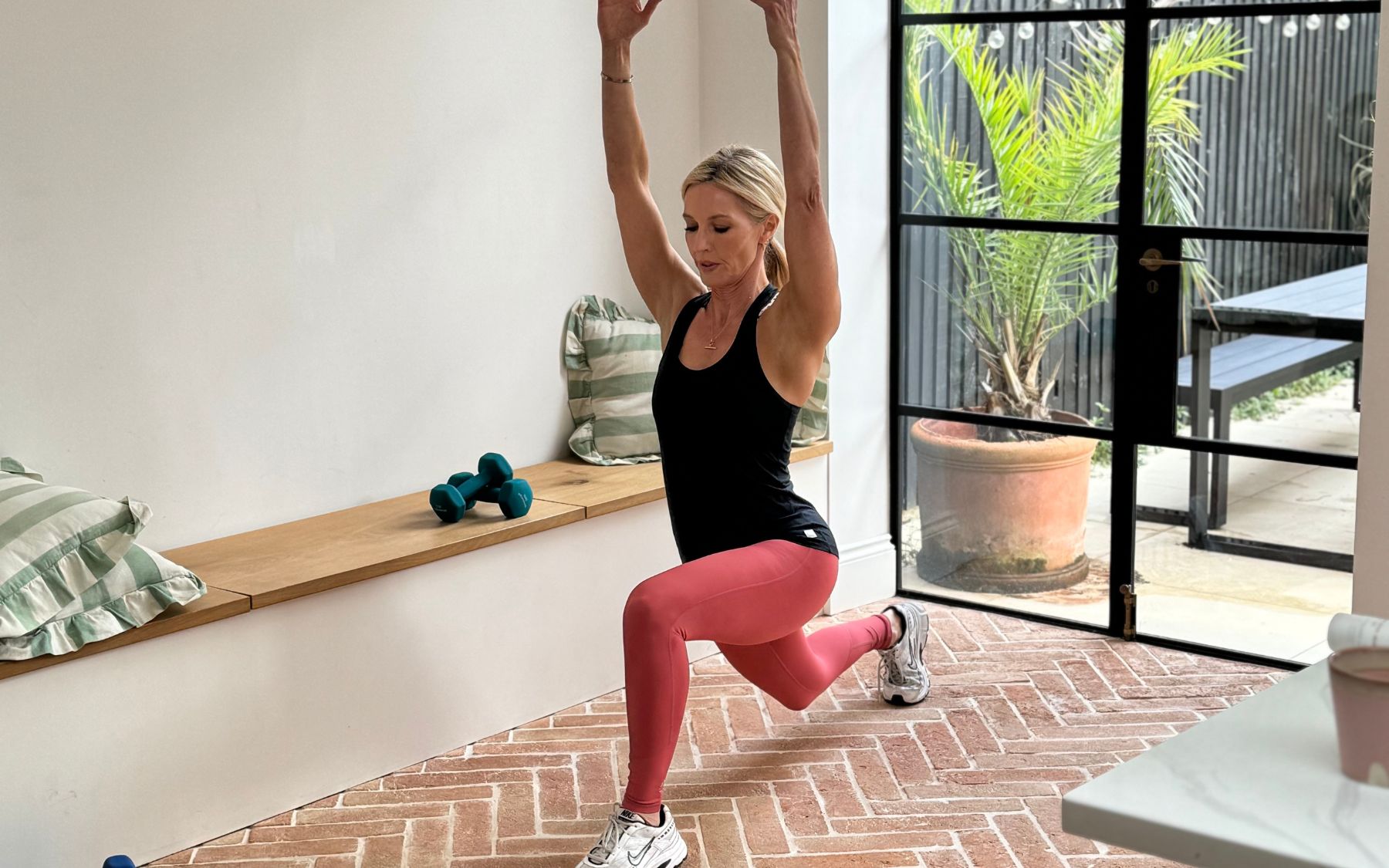Whether you’re lifting weights, practicing bodyweight exercises or simply curious about how your body works, the science of muscle building is fascinating. It’s not just about getting stronger and more toned; it’s about understanding the intricate processes that occur within your muscles every time you do a work out.
Building muscle, or hypertrophy, is a complex process that involves various biological mechanisms, from muscle fibre recruitment to protein synthesis. Here we will look at the science of muscles and muscle building to give you a better understanding of what’s happening inside your body as you work toward your fitness goals.
1. Understanding Muscle Anatomy
Before we dive into how muscles grow, it's important to understand their basic structure.
Muscles are made up of fibres, and these fibres are categorised into two types:
- Type I fibers (slow-twitch fibers): These are endurance-focused fibres that are better for long, sustained activities like running or cycling. They’re good at resisting fatigue but don’t produce as much force as Type II fibres.
- Type II fibers (fast-twitch fibers): These fibres are responsible for explosive, high-intensity movements like sprinting, jumping, or lifting heavy weights. They fatigue faster but can generate more power and strength.
When you engage in strength training, you primarily recruit Type II fibers, especially during exercises that require heavy lifting or high-intensity efforts.
2. How Muscles Grow: The Mechanisms Behind Muscle Building
Muscle growth happens through a process called muscle hypertrophy. This is the increase in the size of muscle fibres, which leads to overall muscle growth. There are three key mechanisms that drive muscle hypertrophy:
Mechanical Tension
Mechanical tension refers to the force placed on muscles when you lift weights or perform resistance exercises. The heavier the load, the greater the tension on your muscle fibres. This tension triggers a series of events in your body that promote muscle growth. Specifically, mechanical tension causes microtears in the muscle fibres, and when these fibres repair, they grow back stronger and larger.
Muscle Damage
When you engage in intense exercise, especially eccentric movements (when the muscle lengthens under tension, such as lowering the weight in a bicep curl), it causes microtrauma to the muscle fibers. This damage isn’t harmful, but it does stimulate the body to repair the muscle fibres by fusing them together. As the fibres repair, they grow back thicker and stronger, a process known as muscle repair and adaptation.
Metabolic Stress
Metabolic stress occurs when muscles are put under prolonged tension, leading to the accumulation of metabolic byproducts like lactate. This creates an environment where your muscles are fatigued, and this metabolic stress is a key driver of hypertrophy. The "pump" or “burn” you feel after a high-rep, high-intensity workout is a result of metabolic stress.
3. The Role of Protein Synthesis and Breakdown
Muscle building is a balance between protein synthesis (muscle building) and protein breakdown (muscle degradation). The goal is to shift the balance toward synthesis to promote growth.
- Protein synthesis: After a workout, your body starts repairing the damaged muscle fibres by synthesising new proteins. This is when muscles actually grow. To maximise protein synthesis, your body needs a plentiful supply of amino acids, the building blocks of proteins, which come from the food you eat, especially sources rich in protein like chicken, fish, eggs or plant-based alternatives.
- Protein breakdown: On the flip side, muscles are constantly breaking down proteins, especially when the body is under stress (like intense exercise or lack of proper nutrition). When protein breakdown exceeds protein synthesis, muscle mass can decrease over time. To prevent this, regular resistance training and proper nutrition are essential to keep the synthesis side of the equation in check.
4. The Importance of Rest and Recovery
One of the most common misconceptions about muscle building is that the more you train, the faster you'll grow. In reality, muscles don’t grow while you’re working out—they grow during the recovery phase.
After intense exercise, muscles need time to repair. This process typically takes about 24-48 hours, which is why most strength training programs recommend resting muscle groups for at least one day before targeting them again. Without proper rest, muscles won’t have time to recover and grow.
Sleep also plays a crucial role in muscle recovery. During deep sleep, the body releases growth hormone, which helps repair and build muscle tissue. Without adequate sleep, your body’s ability to recover from workouts and build muscle is significantly hindered.
5. Nutrition: Fueling Muscle Growth
Muscle building is not just about lifting weights; what you eat plays a huge role in how well you can build and maintain muscle mass. Here are some important factors:
- Protein intake: As mentioned earlier, protein is essential for muscle repair and growth. Aim for around 1.2 grams of protein per kilogram of body weight each day. This can vary depending on your individual needs and training intensity.
- Carbohydrates: Carbs are your body’s primary source of energy, and they play an important role in replenishing muscle glycogen stores after exercise. Consuming enough carbs ensures that you have the energy to fuel intense workouts and recover effectively.
- Fats: Healthy fats are essential for hormone production, including testosterone, which is important for muscle growth. Don’t neglect fats in your diet, but focus on sources like avocados, olive oil, nuts, and seeds.
- Caloric surplus: If you want to build muscle, you need to be in a slight caloric surplus, meaning you consume more calories than your body burns. However, the surplus doesn’t have to be huge; a small increase in calories can help fuel muscle growth without excessive fat gain.
6. Progressive Overload: The Key to Continuous Growth
To continue building muscle, you need to progressively overload your muscles. This means gradually increasing the intensity of your workouts over time by either adding weight, increasing the number of reps, or performing more challenging exercises. Progressive overload ensures that your muscles are continually being challenged, which promotes ongoing growth and strength.
7. Genetics and Muscle Building
Genetics plays a role in how quickly and how much muscle you can build. Some people are genetically predisposed to have more fast-twitch muscle fibres, which makes them more prone to building strength and muscle size. Others may have a higher proportion of slow-twitch fibres, making them better suited for endurance activities.
While you can't change your genetics, you can still maximise your muscle-building potential by training smartly, eating well and resting properly.
Conclusion: Muscle Building Is a Process
The science of muscle building is a complex yet fascinating journey that involves multiple processes within your body. Understanding how your muscles grow—through mechanical tension, muscle damage, and metabolic stress—can help you train more effectively and reach your goals faster. By focusing on proper nutrition, progressive overload, rest, and recovery, you’ll be on your way to building muscle efficiently and safely. Keep in mind that muscle building is a long-term process, and consistency is key to success.
So, the next time you’re doing your class, you’ll know that your muscles are working hard behind the scenes, growing stronger and more resilient with every rep.
As always, any questions please do get in touch.
Caroline x







